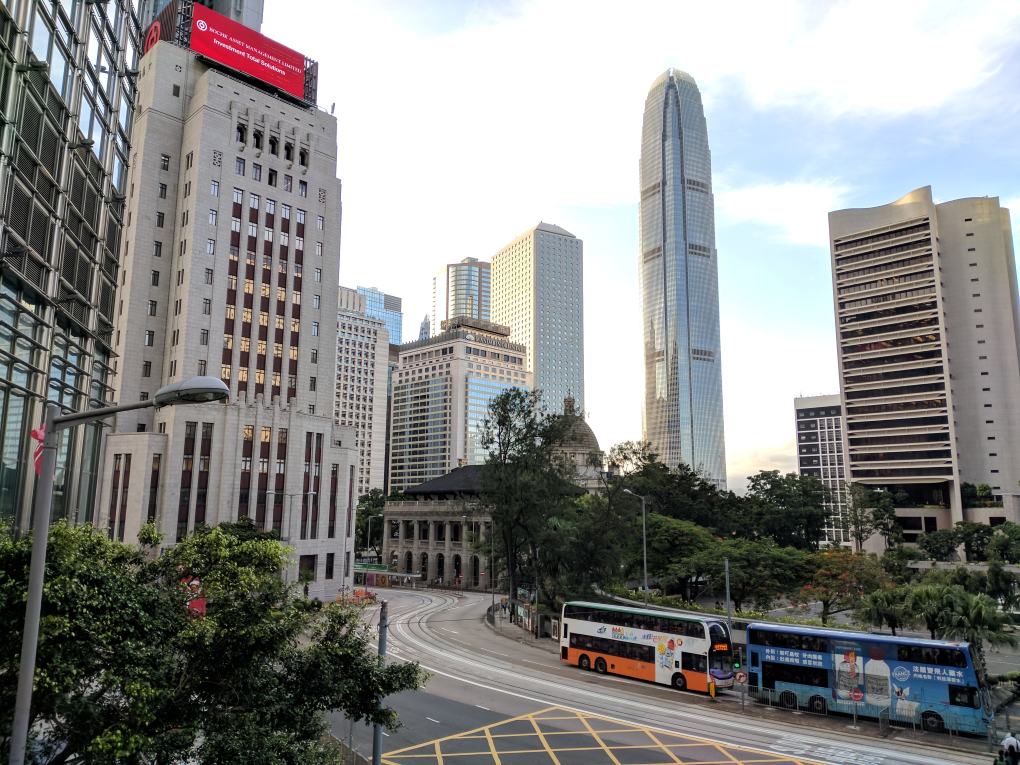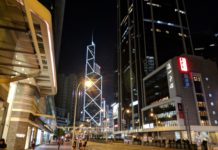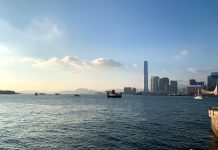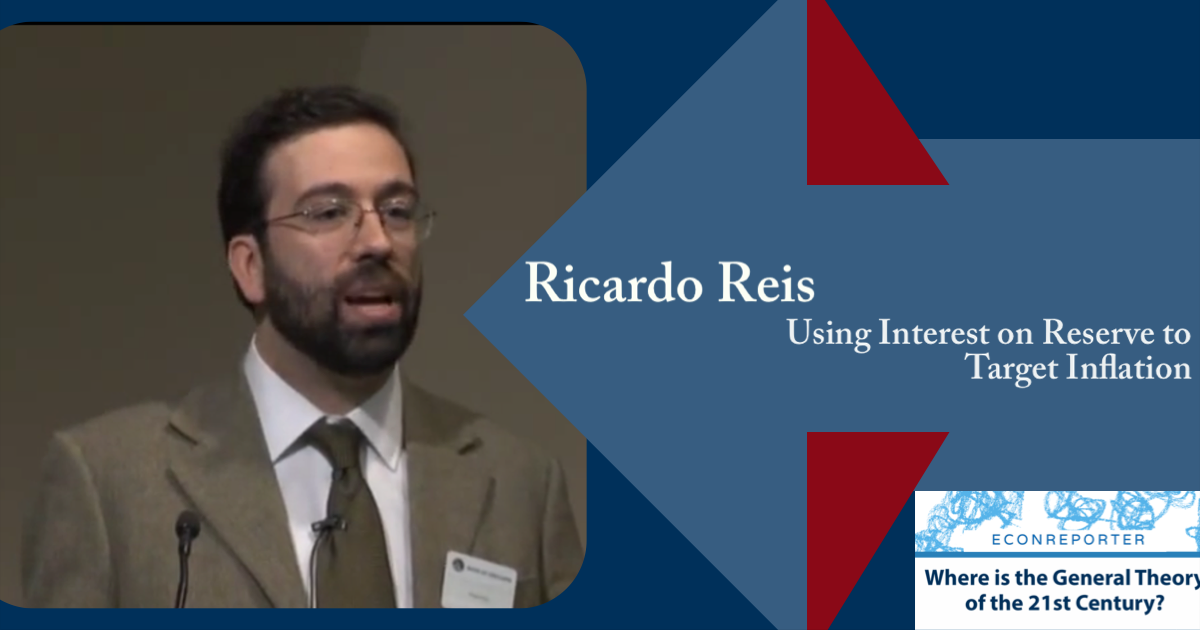The recent weakness in USD triggered the so-called “Asian Financial Crisis in reverse.” Taiwan dollar notably surged 10% against the USD amid worries that the Taiwanese government might have to agree to currency depreciation as part of trade negotiations with the US.
The sudden shift in capital allocation also flooded the Hong Kong financial system, prompting the Hong Kong Monetary Authority (HKMA) to intervene in the foreign exchange market. The de facto central bank had to sell HKD to maintain its linked exchange rate system with the USD.
How Linked Exchange Rate System works?
HKMA has to acquire USD from the market whenever the HKD exchange rate is “too strong” — i.e. when it is stronger than HKMA’s trading limit of HKD 7.75 per USD — under its linked exchange rate.
- The purpose is to supply more HKD to ease excess demand for HKD; or, equivalently, to take away USD from the local banking system to reduce excess USD supply.
- The weak-side trading limit is HKD 7.85 per USD. Breaching it would prompt the HKMA to sell USD to local banks and absorb HKD from the banking system.
What is Aggregate Balance?
The Aggregate Balance is the sum of all clearing accounts which banks in Hong Kong hold with the HKMA.
- It can be interpreted as an indicator of the level of interbank liquidity within the Hong Kong banking system.
- When HKMA intervenes in the foreign exchange market, the de facto central bank either buys HKD from or sells HKD to the banks. These interventions reduce or increase the amount of HKD held in the Aggregate Balance.
Case Study: Rapid inflow in May 2025
What happened alongside the TWD appreciation was an outsized intervention by the HKMA, selling HKD 129 billion to the Hong Kong banking system in two days to “defend” the linked exchange rate system.
- As you can see in this graph prepared by Oxford Economics (via FT Alphaville), the scale of this intervention is extraordinary.
An intervention of this size also meant that the HKMA flooded the Aggregate Balance with significant liquidity, raising the level from just above HKD 40 billion to over HKD 178 billion.
A Aggregate Balance of HKD 170 billion is nothing special in recent history. As we have previously argued in this piece, the HKMA had ‘benefited’ from years of the Federal Reserve’s quantitative easing (QE) and built up sizable liquidity pools in the form of the Aggregate Balance and Exchange Fund Bills and Notes (footnote 1) stockpile.
For example, Aggregate Balance hovered above HKD 400 billion during the pandemic era (2020-2022). HKD 170 billion is not a huge number in comparison.
However, as Aggregate Balance surges, interest rates for interbank lending tend to fall. Overnight HIBOR (Hong Kong Interbank Offered Rate) was pinned down to almost zero following The HKMA’s FX intervention, from around 4% merely a week earlier; one-month HIBOR also dropped to less than 2%, from 4% one week ago.
Aggregate Balance and interbank rates
Aggregate Balance and one-month HIBOR exhibit quite a stable inverse relationship.
- Using data since the start of 2008, we can see that whenever the Aggregate Balance rises above the HKD 150 billion mark, one-month HIBOR tends quickly toward zero.
- The reverse is also true: when the balance drops below HKD 150 billion, the interbank rate starts to rise above zero.
- In the above-zero interest rate periods, Aggregate Balance usually settles at around HKD 50 billion.
Hong Kong doesn’t have an active central bank to control interbank interest rate; unlike in the US, the HKMA also doesn’t use a floor system to maintain interest rate level in the face of excessive liquidity. Hence, whenever liquidity turns “excessive”, market interest rates drop to zero.
Linked Exchange Rate System and interest rate arbitrage
A core feature of Hong Kong’s currency board system, or the so-called Linked Exchange Rate System, is interest rate arbitrage. If comparable interest rates in Hong Kong and the US diverge, market participants engage in arbitrage and compete away the interest rate spread.
For example, as of May 9, the one-month HIBOR was close to 2% while one-month Treasury yield was 4.37%. As the HKD exchange rate is linked to USD, the exchange rate risk for borrowing HKD in Hong Kong, converting it into USD and investing in US Treasuries is relatively low. Such carry trade could drain HKD from the Hong Kong Aggregate Balance, bringing the HIBOR back to a similar level to Treasury yields.
HKD-USD interest rate spread can remain for extended period
Capital flowing back to USD to take advantage of the interest rate carry is a standard prediction under the Linked Exchange Rate System; nonetheless, it’s not always realized this way.
As shown in the following graph comparing the one-month Treasury yield and HIBOR, while the two rates tend to follow each other in the medium term, they can also diverge for a prolonged period.
For example, during the 2017 Federal Reserve rate hike cycle, the Treasury yield actually led the rise in HIBOR for almost the whole year, as it took time to withdraw liquidity from the Aggregate Balance and create an incentive for interbank interest rate to rise again.
As the early May inflow was so large, an outflow of the same size in a short period of time would also be quite extraordinary. It is possible that the extra liquidity would stay for longer than the interest rate arbitrage theory predicts.
Footnote 1 — Exchange Fund Bills to soak up Aggregate Balance
The Aggregate Balance is not the only place banks can hold HKD liquidity. Banks can choose to store HKD liquidity in the form of cash (or certificates of indebtedness, in HKMA jargon), and Exchange Fund Bills and Notes (EFBN).
EFBN are short-term debts issued by the HKMA. They are securities that is backed by foreign exchange reserves in the HKMA’s exchange fund. Banks holding EFBN also earn interest.
HKMA, in theory, can issue more EFBN to extract some of the excess liquidity from Aggregate Balance. However, the HKMA in general has limited interest in using EFBN as such an active liquidity adjustment tool.
EconReporter is an independent journalism project striving to provide top-notch coverage on everything related to economics and the global economy.
💡 Follow us on Bluesky and Substack for our latest updates.💡











